The C5 Corvette – Transforming the Perception of the Brand
First Impressions
How many of you remember when Chevrolet first introduced the fifth-generation C5 Corvette in 1997?
I was first introduced to it while working for Merrick Chevrolet in Northeast, Ohio. For years, I had been a fan of the fourth-generation Corvette, especially the 1996 Grand Sport. In my mind, Chevrolet had achieved perfection with the C4, so when the first of the fifth-generation Corvettes were rolled off the truck and into our service garage for vehicle prep, I was skeptical.
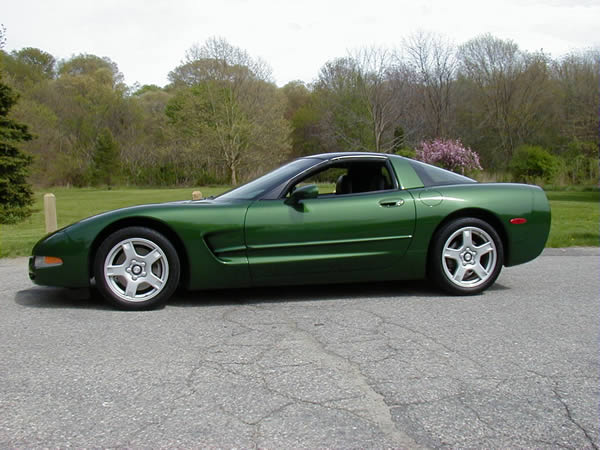
The first 1997 fifth-generation Corvette I ever laid eyes on – in my case, a Fairway Green coupe – looked nothing like its predecessor. It was a longer, larger car than the outgoing C4, and it didn’t appear to have a straight edge anywhere on its body.
The long rear-end, with its oval taillights and its excessively tall rear fascia, looked completely out of place when parked next to the outgoing fourth-gen ‘Vette. The front-end looked familiar with its concealed headlights and missing grill, but in my mind (initially), I thought Chevrolet had completed missed the mark with their new design.
What I didn’t realize (or appreciate) at that time, was that the new C5 was actually to be the start of the Corvette’s rise from well-respected-but-generally-under-powered American sports car to a machine that could handle and respond like a super car many times its price point. I didn’t see that the C5 Corvette was the first of its kind to follow the mantra of “form follows function” that has become the cornerstone of Corvette design. Most of all, though, I had no idea that Chevrolet was in the process of re-building the Corvette brand in a way that would make the brand appealing to not only to Americans, but to a global market that had, up to this point, seen the Corvette as a “wannabe” sports car that wasn’t worth the time or attention.
1997 – The C5 Arrives
For starters, Chevrolet had listened to the thousands of owners and enthusiasts whose constant complaint was that the Corvette lacked the muscle and makeup needed to compete on the racetrack.
Sure, Chevrolet had introduced the ZR-1 in 1990, and that car had been infused with an LT-5 engine that could produce 375 horsepower, but it came at a pricepoint that made the car un-affordable to many consumers. Even those that COULD afford it were left struggling to spend $100k on a Chevy when, for about the same money, they could purchase a Porsche 911 or even some Ferrari models.
DID YOU KNOW: The C5 Corvette was not simply a re-design of the existing C4 Corvette, but a completely new design from the ground up. It was the first truly unique Corvette since the C1 Corvette was designed in 1953. Since the C5 Corvette was a completely original design, the car did not borrow many parts from previous models. In fact, there are very few parts on the C5 Corvette that were not specifically designed for the car. One of the few exceptions are the door handles, which are the same as those that were used on the Oldsmobile Aurora.
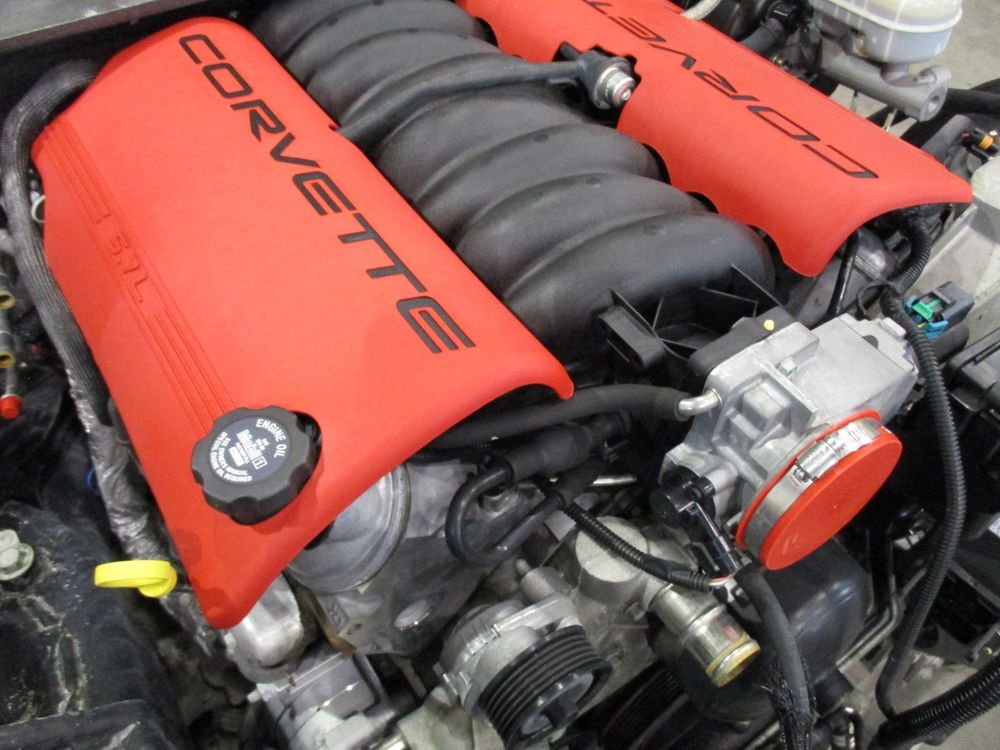
Arguably, the C4 Corvette (especially late model versions) may have actually afforded drivers better handling in tight corners. Although this topic has been the subject of much debate among passionate enthusiasts of both the C4 and C5 generations, there is no argument that the C4 Corvette’s ride could best be described as “bone rattling, noisy and uncomfortable.”
By comparison, Chevrolet had refined the ride experience during development of the fifth-generation Corvette. That’s not to say that the C5 Corvette’s ride or handling was soft, but it balanced the rugged handling of a sports car with a more comfortable, more sophisticated driving experience.
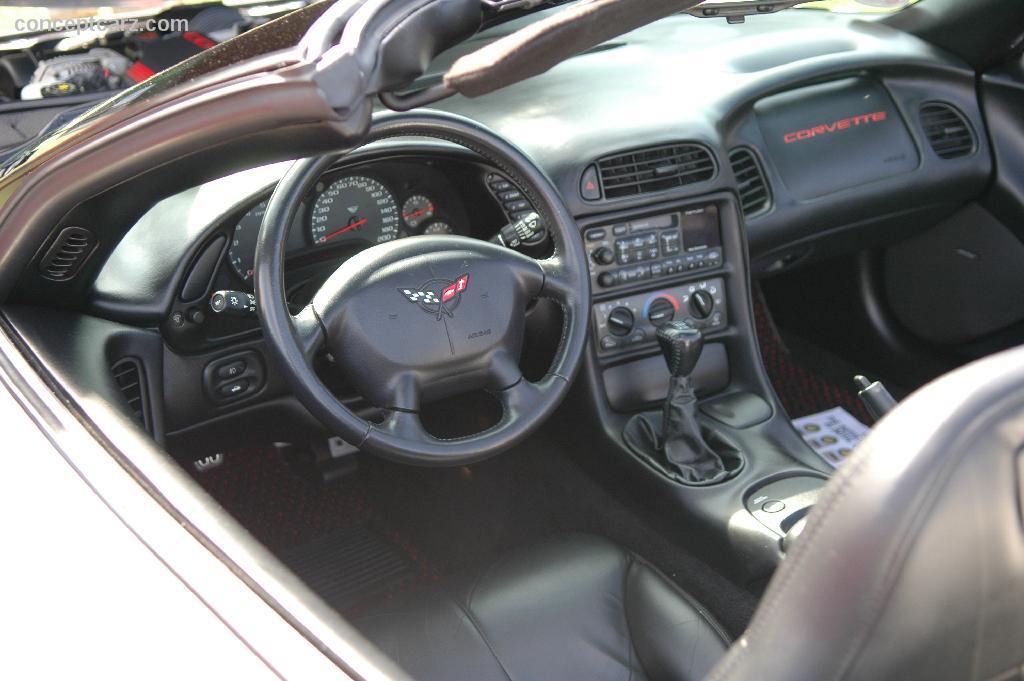
The cockpit of the car was developed to encapsulate the driver, and put every feature easily in-reach. Gone was the digital speedometer/odometer found on late model C4‘s. Instead, analog guages – including a separate speedometer and tachometer, as well as smaller guages including oil pressure, fuel level, engine temperature, etc. – were backlit with blacklights, providing drivers with a more traditional, though far more aesthetically pleasing dashboard.
The large transmission tunnel that chewed up so much of the C4’s leg-and-foot room was replaced with a far more conventional cockpit, allowing both drivers and passengers room to sit comfortably in the car. The relocation of the transmission to the rear axle and the longer wheelbase also afforded both driver and passenger with longer, more spacious footwells, which was an appreciated improvement for drivers with long legs.
DID YOU KNOW: Of all the innovations made during the development of the C5 Corvette, none was more significant than the development of the rear mounted transaxle. This design was considered after GM engineers observed the continued successes experienced by the Ferrari Daytona and the Porsche 944 (both of which use the same configuration). The primary goal of this design change was improved balance between the front and rear of the car. By moving the transaxle to the rear of the Corvette, GM engineers were able to achieve a 51% to 49% weight distribution, which is just about ideal for vehicle drivability and balance.
A Return to Racing
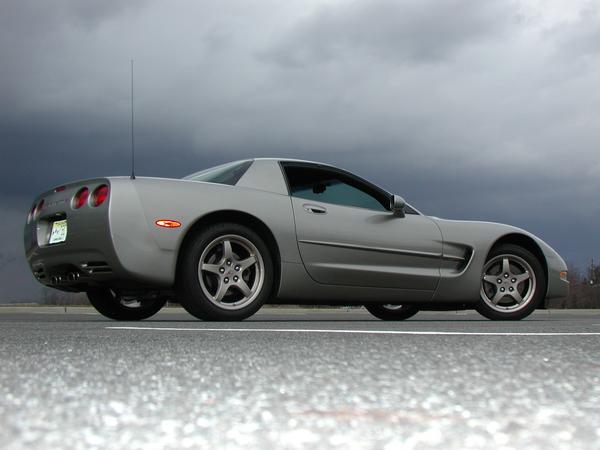
Even with all of the improvements in comfort, Chevrolet’s focus with the fifth-generation Corvette was to re-establish the brand as a worthy sports-car competitor on the world stage. With its introduction in 1997, the engineers behind the C5 had presented the world with a Corvette that could not easily be dismissed. It had enough power and refinement to attract the attention of the automotive community, but there was still much speculation as to whether this new Corvette was really
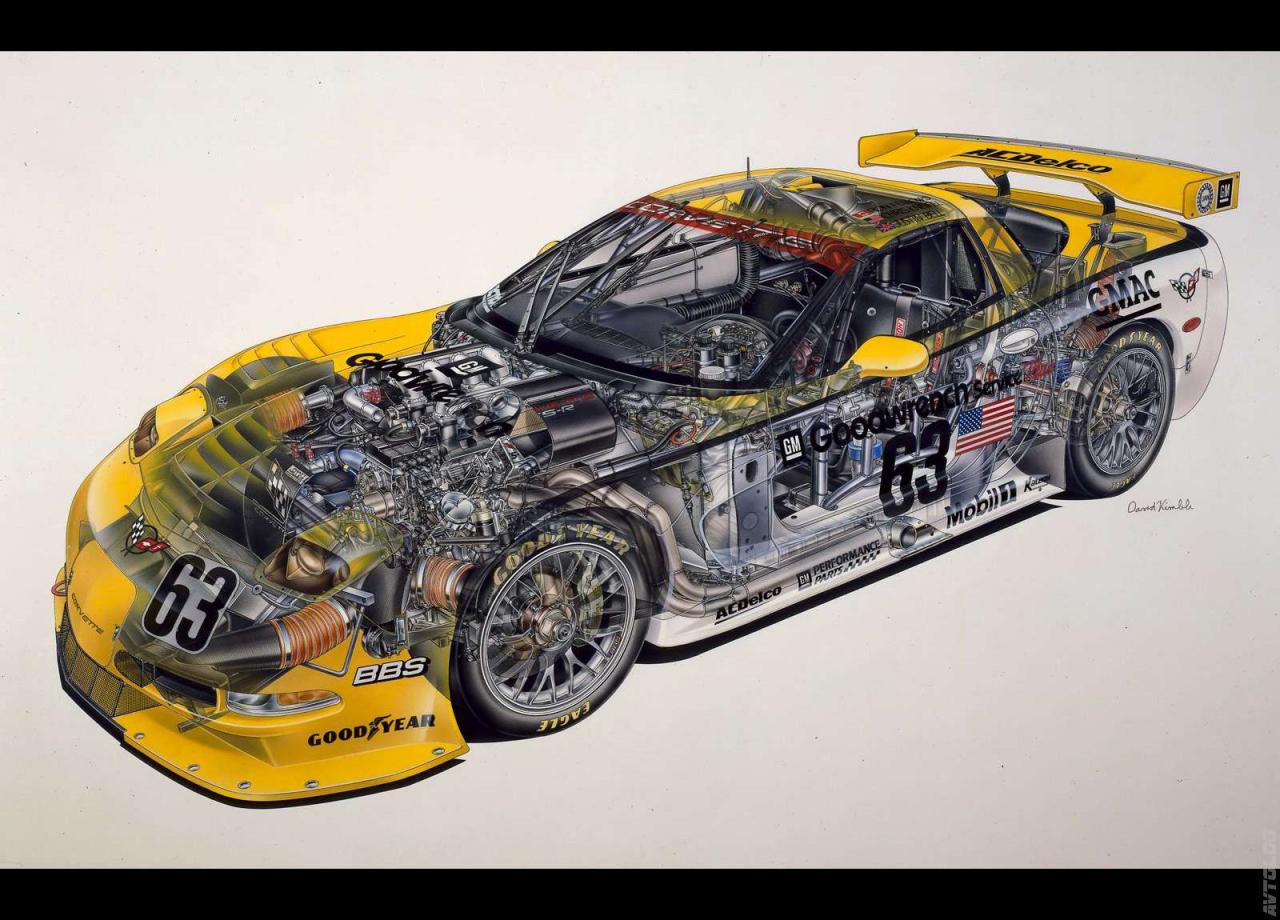
on-par with its European counterparts.
It took just three more years for Chevy to answer that question.
By 1999, Chevrolet had been recognized for building a sports car that was far superior to the Corvettes that had come before it. It had been celebrated as “Car of the Year” by automotive authorities that included Motor Trend, Car and Driver, NAIAS and many more. Now, with a number of awards already behind it, GM knew it was time to take the next step in the Corvette’s evolution – a return to factory-backed racing on the world stage, from which the Corvette had been absent since the early 1960’s.
The new C5-R was developed by Chevrolet to compete as a GTS class race car.
The car was designed to maintain the integrity of its production Corvette counterpart. Despite being developed as a race car, it shared a number of standard-issue components with the base Corvette, including the same stock frame, engine block, windshield, taillights and marker lights, power steering pump, steering rack, alternator, water pump and assorted suspension components.
Admittedly, the C5-R Corvette was approximately four inches wider than the standard coupe/convertible, had a body that was composted mostly of carbon-fiber, and featured an assembled engine that produced an additional 255 horsepower over the stock LS1 engine.
The development of the C5-R race car was a significant milestone for Chevrolet. It declared unequivocally that the Corvette had found a renewed momentum – both on the racetrack and at the dealership. After years of dwindling sales and lackluster performance – America’s legendary sports car was thriving.
As the new millennium approached, the C5-R continued to establish itself as a serious contender throughout the 1999 race season, finishing second in class (GT2) at the 24 Hours of Daytona and second in class (GTS) at Laguna Seca.
Although the Corvette Racing teams had proven they could compete with the best in the business, they also recognized the need to increase the cars capabilities, and so they made the decision to further enhance it for the 2000 racing season.
In 2000, the C5-R Corvette received a new 7.0 liter V-8 which produced an additional 20 horsepower over the outgoing 2000 6.0 liter engine which had previously powered the race car.
This additional power, combined with the experiences gained over the past several years of racing, enabled the Corvette Racing teams to finish in 3rd and 4th place in class at the 24 Hours of Le Mans. Perhaps more significant to the team, the Corvette earned its first two victories in the American Le Mans Series in September, 2000. The first victory came at Texas Motor Speedway on September 2nd, followed by a second victory just a few weeks later at Road Atlanta on September 30, 2000.
2001 The Corvette Z06 & Le Mans
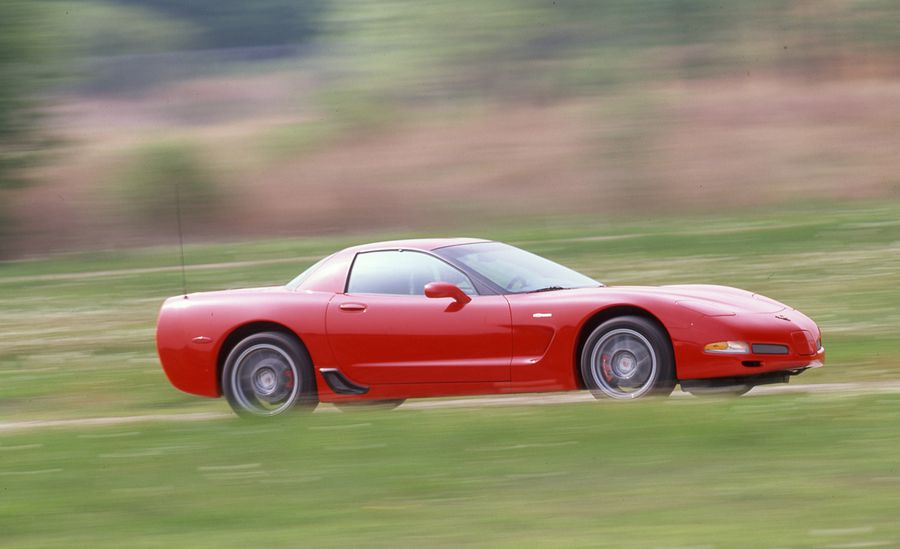
With victories under its belt, and the prospect of an ALMS championship within reaching distance, the C5 Corvette platform had gained a level of popularity and respect among the automotive community at-large. No longer were Corvette enthusiasts criticized for “paying too much for an under-powered sports car from Kentucky.” Instead, Corvette was changing peoples’ perceptions with every refinement and with each improvement made year after year.
However, Corvette’s Chief Engineer David Hill was dis-satisfied with the level of performance that the C5 Corvette created. Looking at it purely from a performance perspective, he recognized that not all Corvette owners cared about making concessions for comfort and convenience. He believed that some drivers simply wanted to own the fastest car on the streets.
It was with this focus that Hill and team of designers and engineers developed a variant of the Corvette that would offer owners a driving experience unlike any Corvette that had come before it.
The results of these efforts was the 2001 Z06 Corvette.
The Z06 redefined the Corvette driving experience. Powered by an LS6 engine that produced 385 horsepower, the car was faster than just about any American-made production car (save for the Dodge Viper GTS). Moreover, at a price point of just $47,500, the car cost nearly 40% less than the Viper, making it an incredible value for that level of power and performance.
The 2001 model year saw the introduction of the C5 Z06 Corvette, but did you know that the Z06 is actually a naming convention that GM introduced in the early 1960’s?
In 1962, Zora Arkus Duntov, Chief Engineer at General Motors (GM), first brought forth the concept of the Z06 following a ban on factory-sponsored racing by the SCCA. The Z06 “regular option package” was specifically designed for competition-minded buyers, so they could order a race-ready Corvette straight from the factory with just one check of an option box.
The 2001 Z06 Corvette offered similar available upgrades to consumers including the more powerful 385 horsepower LS6 engine. When mated to a standard 6-speed manual transmission, the LS6 provided the 2001 Z06 Corvette with the extra power necessary to provide drivers with a “race-ready” Corvette, just as Zora Arkus-Duntov had envisioned some forty years earlier.
Without question, the 2001 Corvette Z06 solidified the reputation of the brand around the world. Whereas Corvette had been dismissed for lackluster performance a decade earlier, the car was continuing to gain momentum in sales – and not just in the United States.
“Win on Sunday, Sell on Monday”
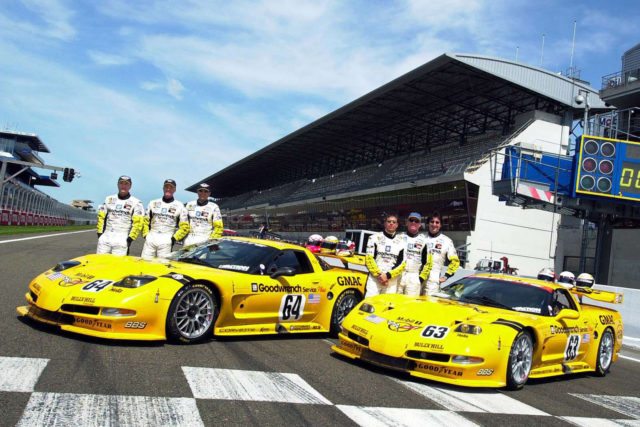
While Corvette had been re-established as a serious sports car, and had even garnered some respect globally amongst the European Racing community, its most significant victory – and the race from which it would concrete its reputation as a serious contender – was the 2001 24 Hours of Le Mans. In 2001, the Corvette Racing team finished in first and second place in GT-class, marking the first time that a Corvette had ever won at LeMans. That victory, more than any other before it, would prove to the world that the design and engineering teams behind the Corvette had built a a car that was as capable
as any of its European counterparts.
The C5 Corvette, including the Z06 and C5-R race car variants, transformed the brand forever. It paved the way for the continuation of the brand thru the sixth, seventh and, in the coming years, eighth-generation Corvettes. Each of these latter variants of the brand owe a great deal of credit to the teams of people responsible for developing the fifth-generation Corvette.
Closing Thoughts
As for my opinion of the C5 Corvette? It’s come a long way since those early days at Merrick Chevrolet.
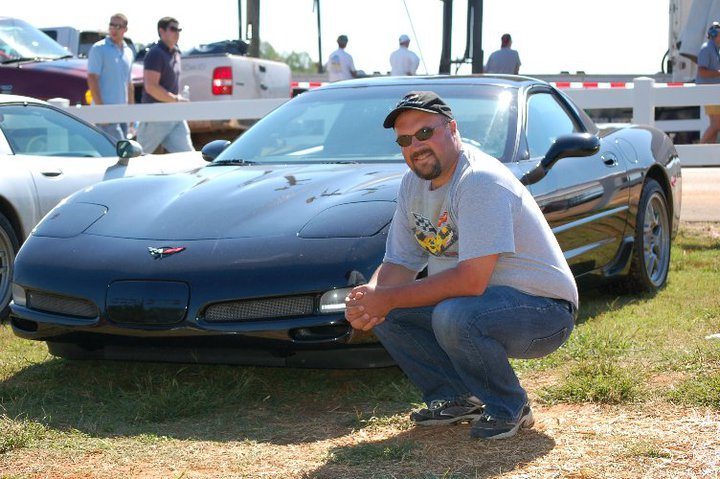
My first personal experience driving a C5 was behind the wheel of a 2001 Z06 Corvette that a buddy of mine let me drive for a weekend. It was a six-speed manual finished in torch red with a black interior. To this day, the memory of driving that car remains one of my favorite experiences behind the wheel of any car. My perceptions about the C5 had been wrong, and I knew from the moment I drove it that I was behind the wheel of a track-capable sports car. I also knew that I wanted one with a certainty that I had never felt about any car before it.
Despite my certainty, I never purchased a C5, though it was never not for a lack of interest. To this day, they remain one of my favorite examples of the Chevy Corvette. I’ve driven a number of them – from a 1997 Coupe to a 1999 FRC (Fixed Roof Coupe). From that 2001 Z06 to a 2004 Z06 Le Mans edition. However, by the time I was in a position to purchase my first Corvette, the sixth- and seventh-generation Corvettes had arrived on the scene. While I ended up with a 2013 Corvette coupe, I have nothing but respect for the C5 Corvettes and the people that own and drive them.
This much is certain – for all of the Corvettes that came after it – the 1997–2004 C5 Corvette may have been one of the most influential, most pivotal and most critical to the brand’s success – both as a production vehicle and as a race car. I believe that it saved the brand from winking out due to lackluster sales towards the end of the fourth-generation production run. Instead, it revitalized the image of America’s sports car from one of mediocrity in the late 80’s and early 90’s to one of the most desirable, sought after sports cars on the market today.


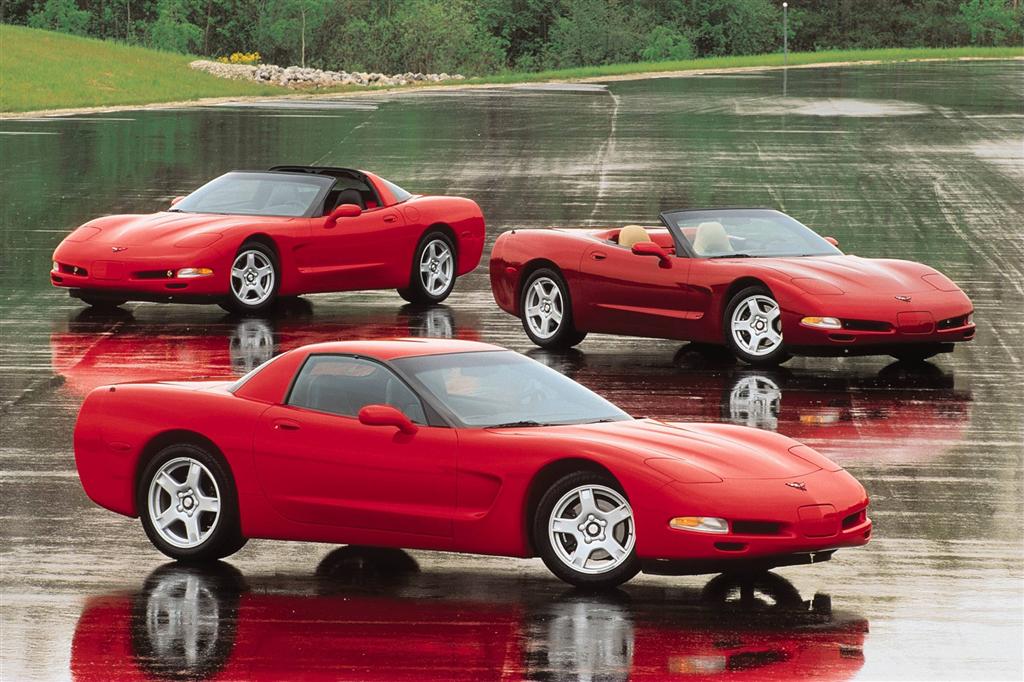
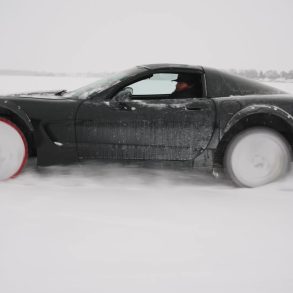

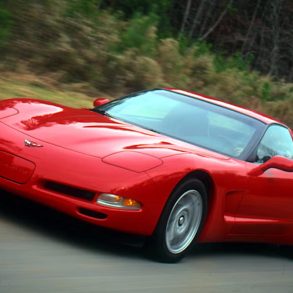
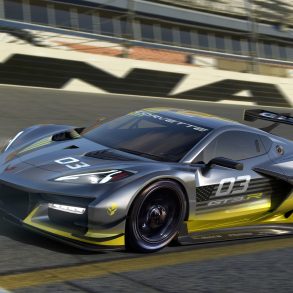
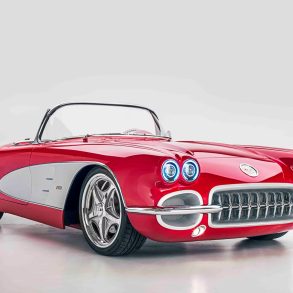

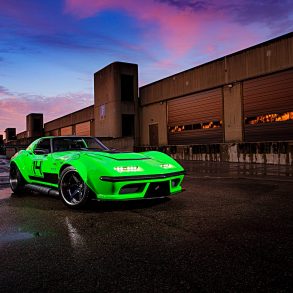
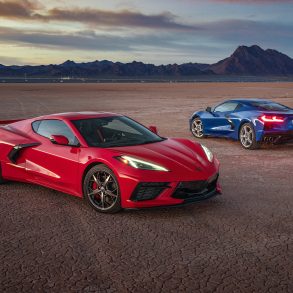

Good article but one point of correction needs to be made – the rear-mounted transmission is neither a transaxle nor was it the most significant development for C5. These are common misconceptions. The most significant development was actually the car’s hydroformed frame, which was four and a half times stiffer than the C4’s and a complete revolution for the Corvette. The relocation of the transmission to the rear was a consequence of the frame design, not the other way around. The transmission would not fit in the front with the structural center tunnel and had to be relocated. The fact that it gave more legroom to the passenger and shifted more weight to the rear were just bonuses. This architecture has remained essentially unchanged for C5, C6 and C7.